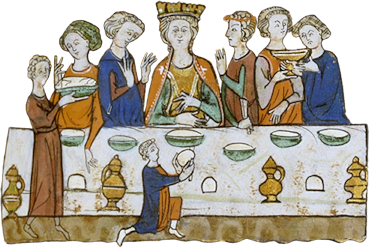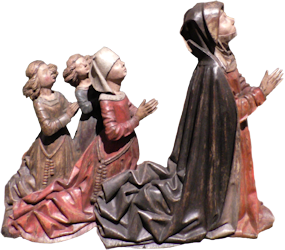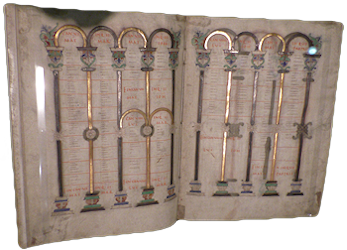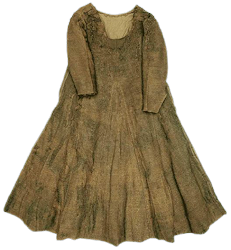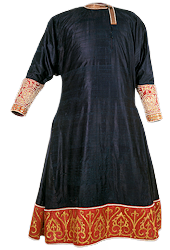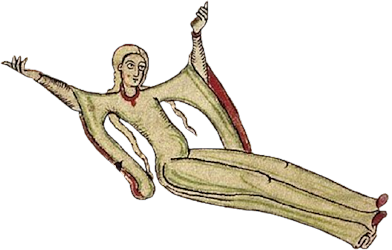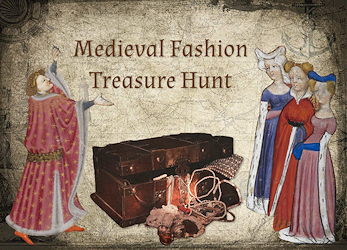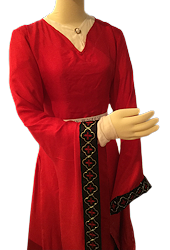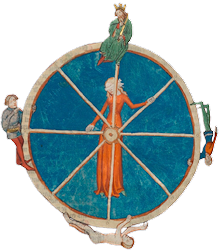
|
In this introductory session we will talk about the course and any questions you may have.
This is an opportunity to get to know each other, find out where our interests lie, and to familiarise ourselves with the course schedule, content, assessment (if you wish to take the course for credit), the Moodle site, and the online reading list.
In the second part of the session we will look at the Medieval view of the world, and how people understood their own part in it. This will set the scene for our investigation of clothing.
|

